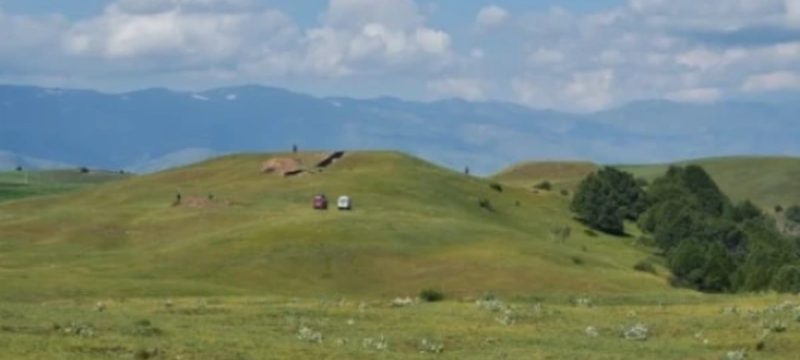Archaeologists have uncovered the remains of two medieval cities, Tugunbulak and Tashbulak, in Uzbekistan’s southeastern mountains, near the historic Silk Road trade route. The discovery, facilitated by advanced drone-based lidar technology, sheds light on urban life in Central Asia during this period.
Led by National Geographic Explorer Michael Frachetti and Farhod Maksudov from Uzbekistan’s National Center of Archaeology, the research team found Tugunbulak, which spans nearly 300 acres, making it one of the largest known settlements from the era. The lidar imaging revealed extensive city walls, fortifications, watchtowers, and a central fortress constructed from stone and mud bricks.
Also Read: Best Hotels In Northern Pakistan
Tashbulak, located about three miles from Tugunbulak, features a complex layout with numerous permanent structures adapted to the steep mountain terrain. These cities, thriving between the 6th and 11th centuries, highlight the ingenuity of ancient highland societies in developing urban centers despite challenging climates.
This groundbreaking discovery is reshaping our understanding of life along the Silk Road, illustrating how these ancient communities not only survived but thrived, establishing sophisticated urban designs and trade routes that connected cultures from East to West.








